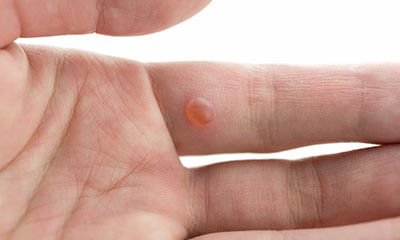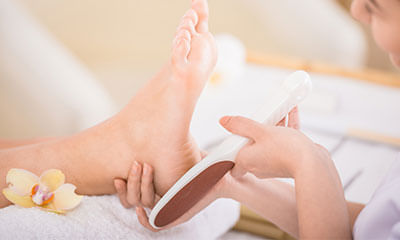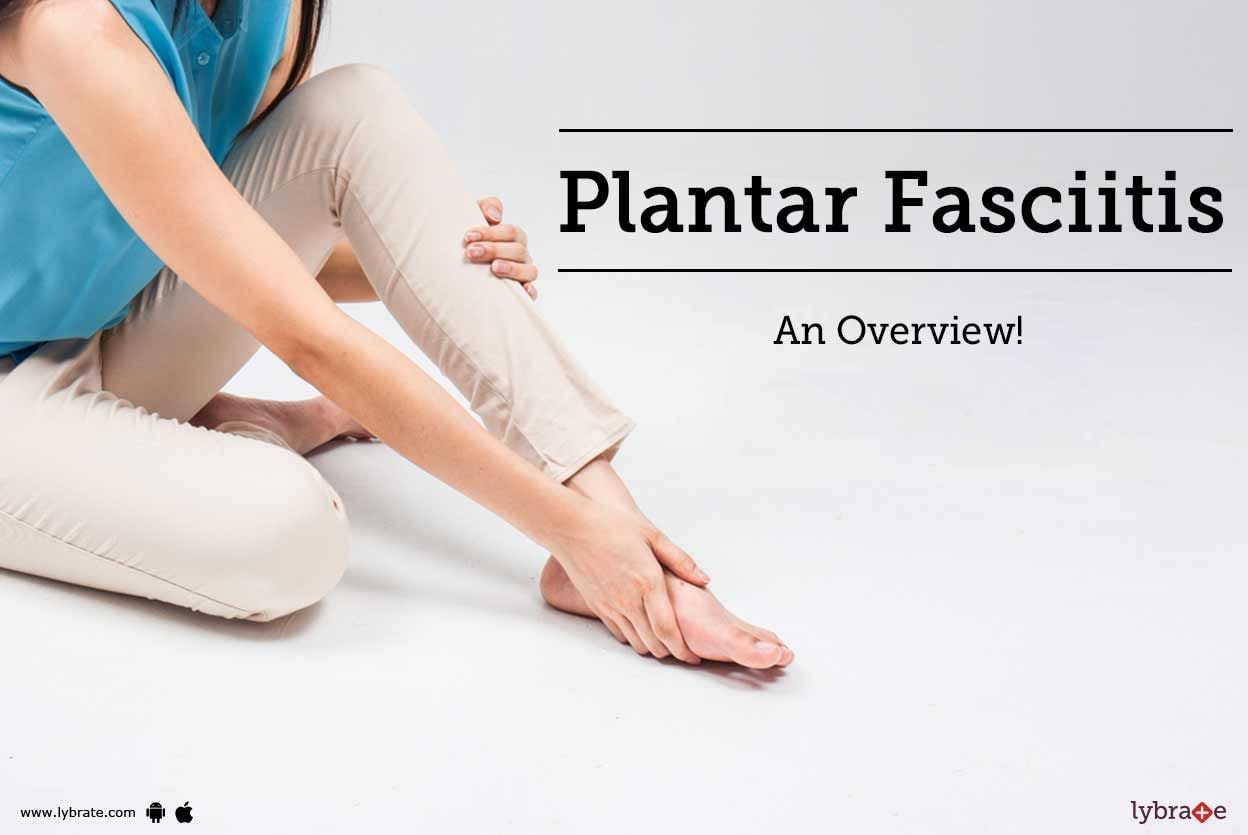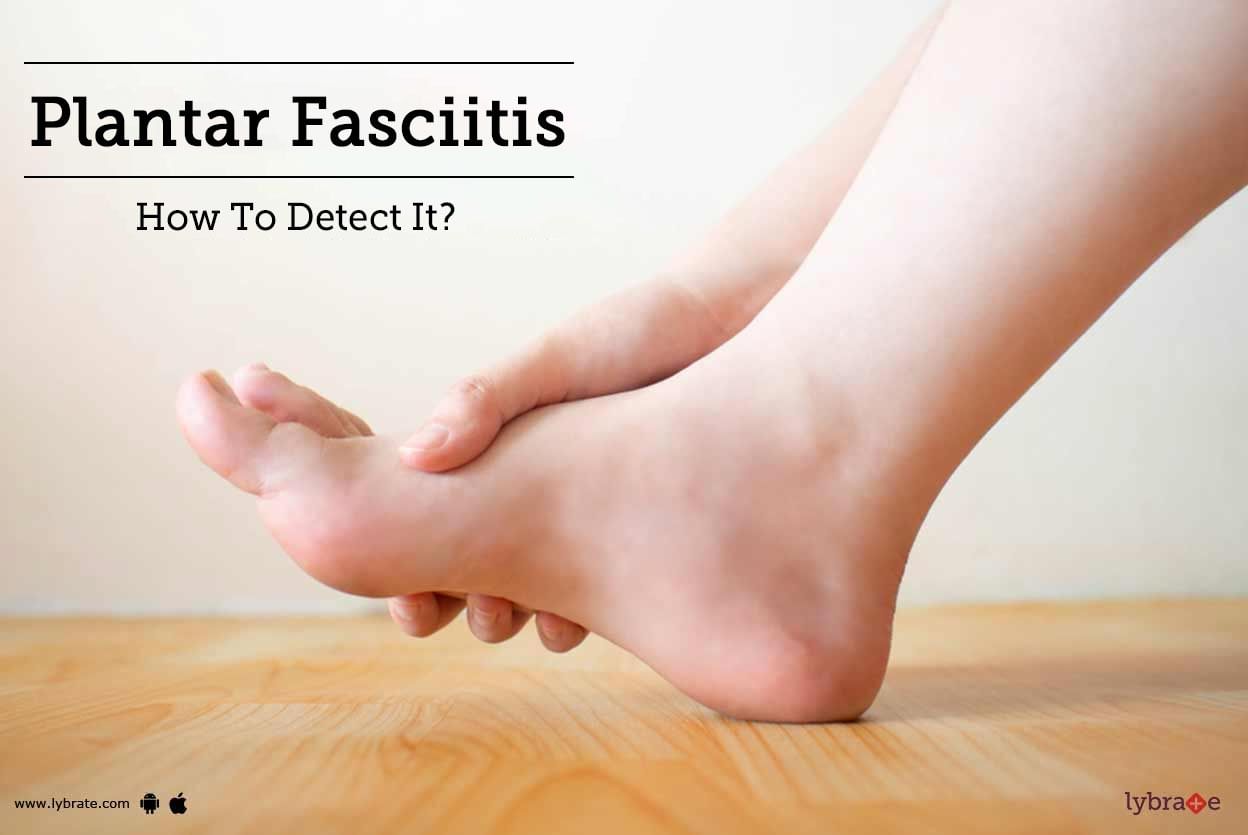Get the App
For Doctors
Login/Sign-up
About
Health Feed
Find Doctors
Health Packages
Plantar Wart Health Feed
Health Query
Share
Bookmark
Report
Hello dear Lybrate user, hi
Warm welcome to Lybrate.com
I have evaluated your query thoroughly. Can take any other handy analgesic what ever available
Hope this clears your query. Wishing you fine recovery. Welcome for any further assistance at my private URL
https://www.Lybrate.com/gandhinagar/doctor/dr-bhagyesh-patel-general-surgeon
Regards take care.
Warm welcome to Lybrate.com
I have evaluated your query thoroughly. Can take any other handy analgesic what ever available
Hope this clears your query. Wishing you fine recovery. Welcome for any further assistance at my private URL
https://www.Lybrate.com/gandhinagar/doctor/dr-bhagyesh-patel-general-surgeon
Regards take care.
128 people found this helpful
Asked for Male, 23 years old from Udaipur
Share
Bookmark
Report
Asked for male, 17 years old from Wayanad
Share
Bookmark
Report
Asked for female, 33 years old from Guwahati
Share
Bookmark
Report
Asked for Female, 38 years old from Pune
Share
Bookmark
Report
Dear Lybrateuser, - Wear well fitting socks & shoes when you walk
- dip your foot I warm water for 10-15 min twice a day & then apply a Salicylic ointment on the warts
- or dip your foot in warm eater for 10-15 min & then try to remove the overlying dead skin with the help of a pumice stone - these procedures can take 2-3 months to show some improvement
- if not much improvement then consult a doctor for more vigorous procedure for removal of the same.
- dip your foot I warm water for 10-15 min twice a day & then apply a Salicylic ointment on the warts
- or dip your foot in warm eater for 10-15 min & then try to remove the overlying dead skin with the help of a pumice stone - these procedures can take 2-3 months to show some improvement
- if not much improvement then consult a doctor for more vigorous procedure for removal of the same.
104 people found this helpful
Asked for Male, 22 years old from Bhubaneswar
Share
Bookmark
Report
Health Query
Share
Bookmark
Report
Last Updated: 7 years ago• Featured Tip
Share
Bookmark
Report
Plantar Fasciitis is a disorder that results in pain in the heel and bottom of the foot. The pain is usually most severe with the first steps of the day or following a period of rest. The condition typically comes on slowly. In about a third of people both legs are affected.
Risk factors for plantar fasciitis include overuse such as from long periods of standing, an increase in exercise, and obesity. It is also associated with inward rolling of the foot and a lifestyle that involves li...more
Risk factors for plantar fasciitis include overuse such as from long periods of standing, an increase in exercise, and obesity. It is also associated with inward rolling of the foot and a lifestyle that involves li...more
Last Updated: 5 years ago• Featured Tip
Share
Bookmark
Report
There are many conditions that can affect the foot. Plantar fasciitis is one of the most common causes of heel pain. The plantar belt is the level band of tissue (tendon) that can give your heel unresolved issue toes. It forms the curve of your foot. In the event that you strain your plantar belt, it gets powerless, swollen, and chafed (excited). Mobility also becomes an issue in such cases. At this point, your heel or the base of your foot will hurt when you try to stand or walk.
Plant...more
Plant...more
Last Updated: 5 years ago• Featured Tip
Share
Bookmark
Report
Plantar fasciitis is the most common cause of pain on the bottom of the heel.
Plantar fasciitis occurs when the strong band of tissue that supports the arch of your foot becomes irritated and inflamed. The plantar fascia is a long, thin ligament that lies directly beneath the skin on the bottom of your foot. It connects the heel to the front of your foot and supports the arch of your foot. The plantar fascia is designed to absorb the high stresses and strains we place on our feet. But, ...more
Plantar fasciitis occurs when the strong band of tissue that supports the arch of your foot becomes irritated and inflamed. The plantar fascia is a long, thin ligament that lies directly beneath the skin on the bottom of your foot. It connects the heel to the front of your foot and supports the arch of your foot. The plantar fascia is designed to absorb the high stresses and strains we place on our feet. But, ...more
Book appointment with top doctors for Plantar Wart treatment
View fees, clinic timings and reviews
Ask a free question
Get FREE multiple opinions from Doctors
posted anonymously
















